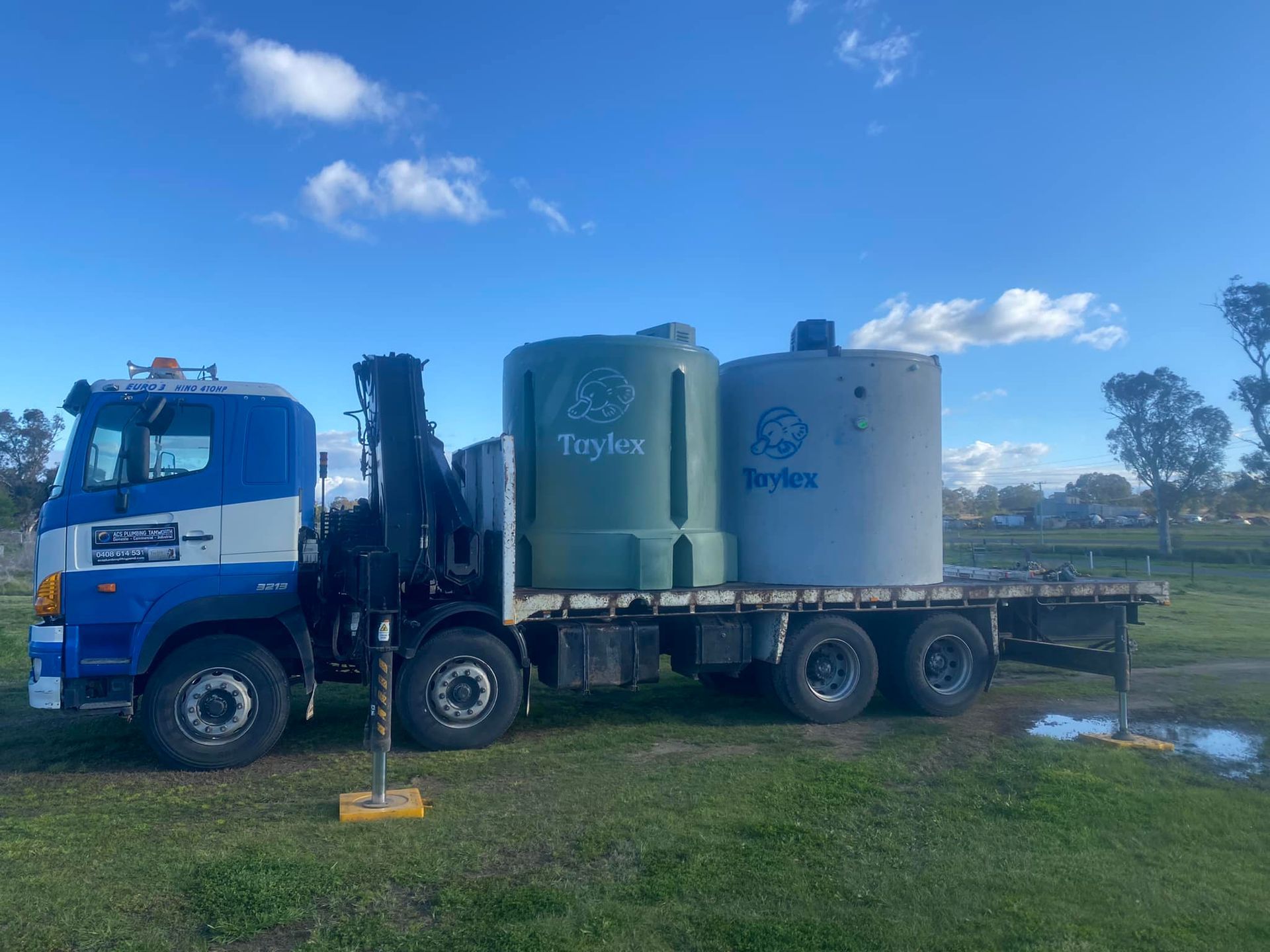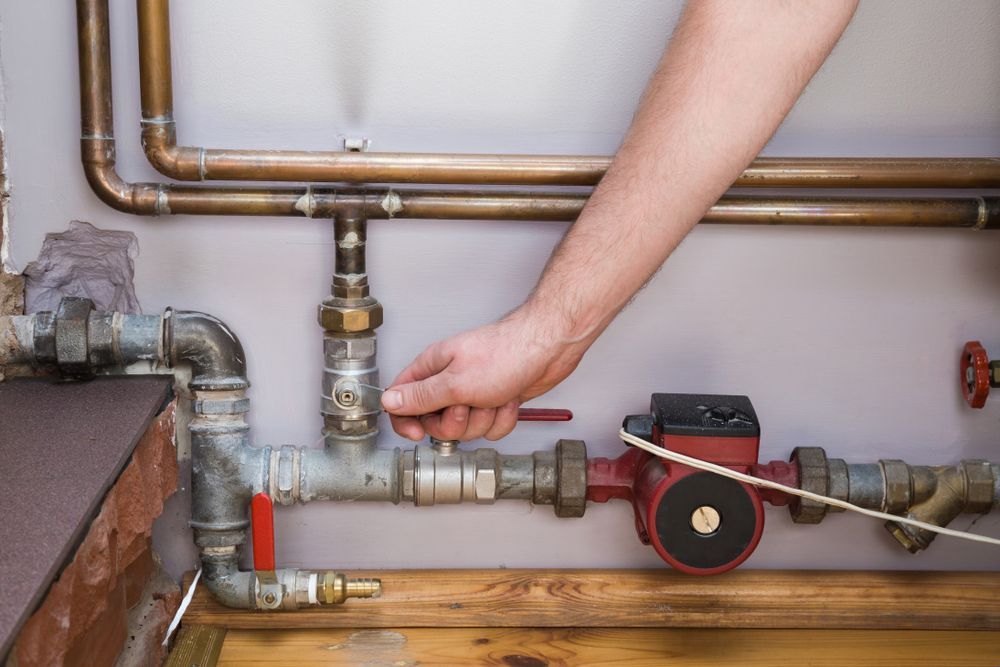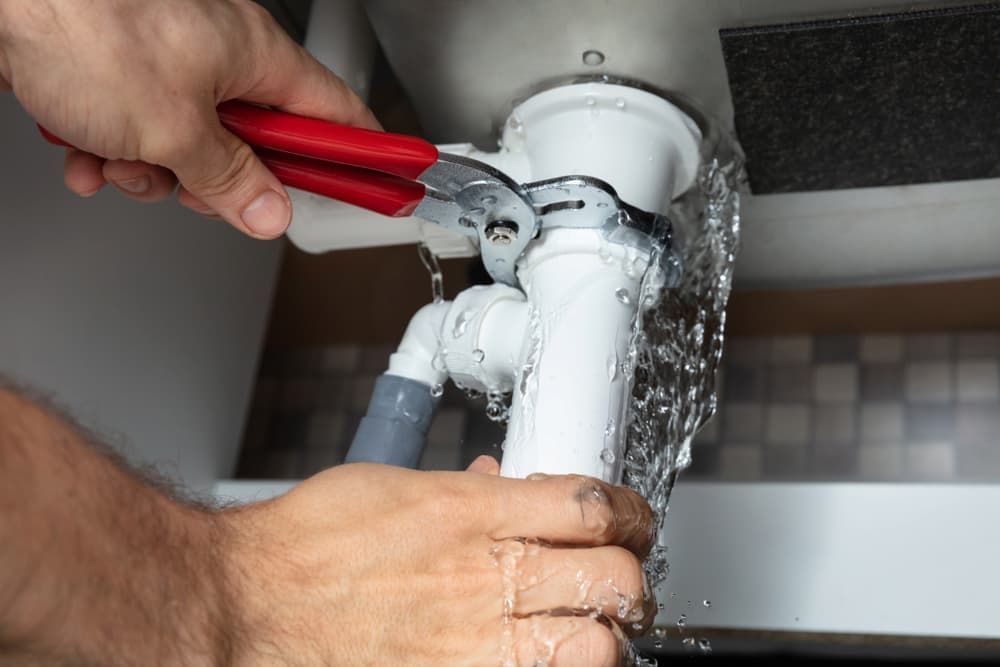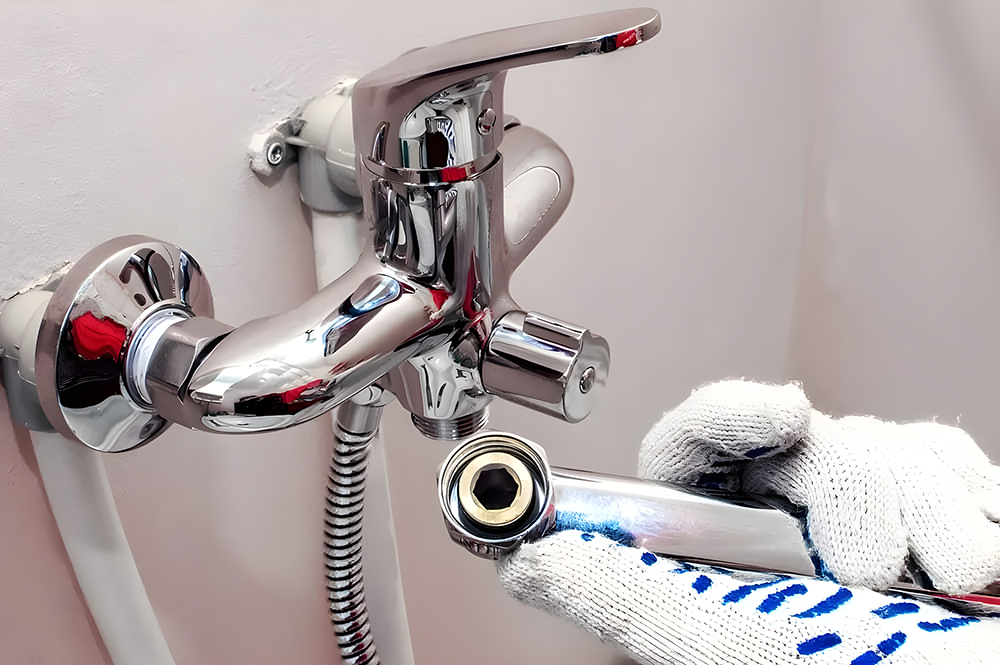How Undetected Leaks Can Damage Your Home’s Foundation
A slow leak might not seem like much. A damp spot on the wall, a slightly musty smell in the laundry, or a small crack in the floor could be easily ignored. However, homeowners don’t always realise that these small indicators can lead to serious damage to a home’s foundation if they are not properly investigated and addressed. Water doesn’t need an invitation to seep through soil, creep into concrete, and compromise the very structure your house depends on.
Leaks hidden behind walls, under floors or deep in the ground can quietly affect the soil supporting your foundation. Over time, the consequences include shifting slabs, uneven settling, widening cracks, and long-term structural instability. In this blog post, we’ll explore how seemingly minor leaks evolve into major issues—and why early intervention is key.
When a Mystery Damp Patch Signals Foundation Risk
It usually starts with something barely noticeable: a slightly damp mark on the carpet, a patch on the wall that never quite dries, or a musty odour with no clear source. These may seem minor, but they can be the first signs of moisture entering areas that shouldn’t.
- Moisture can seep into the soil under your foundation, softening it and causing movement.
- A persistent damp patch may indicate ongoing leakage from pipes embedded in walls or beneath flooring.
- Left untreated, this can escalate to wall cracks, warping floors, or weakened timber supports.
Detecting these signs early on can save homeowners from more serious, costly repairs.
How Invisible Drips Escalate Soil Erosion Under Your Slab
A slow drip under the kitchen sink might not alarm you—but if that leak is underneath your slab, it’s a different story. Even in small amounts, continuous water flow gradually wears away the soil that supports the slab.
- Water weakens soil compaction, which is crucial for foundation stability.
- Erosion causes uneven support and can lead to sagging or fractured concrete slabs.
- Changes may not be visible from above until cracks appear in walls or tiles.
Once soil displacement starts, structural stress follows. Without intervention, this cycle continues, weakening your home’s base.
Why Subtle Wall Stains May Hide Serious Structural Shifts
That faint brown stain on the wall, or peeling paint near the skirting board, might be more than cosmetic. Stains are often caused by hidden moisture escaping from cracked pipes or joints buried in the wall cavity.
- Water infiltration affects plaster, causing bubbling or discolouration.
- Moisture can weaken wall frames or corrode steel reinforcements over time.
- Foundation shifts from water damage may manifest as uneven walls or floor gaps.
Don’t assume wall stains are just condensation or poor paintwork—a deeper problem often needs pinpointing.
When Doors That Stick Indicate Foundation Movement
It’s easy to blame a sticking door on humidity or old hinges. But if several doors in your home start jamming, it might be time to consider structural causes. Foundation movement commonly results from water-affected soil shifting unevenly beneath the house.
- Door frames become misaligned when the foundation isn’t level.
- Settling can distort internal walls, leading to doors scraping or no longer closing.
- These signs often appear before visible cracks, making them an important early clue.
Detecting hidden leaks in time helps reduce further damage and restores internal alignment before it worsens.
Mould Growth: A Warning That Foundations Are at Risk
Mould is usually considered a health hazard, but also a structural red flag. If you see mould in corners, cupboards, or under carpet, it’s often a sign that water is present where it shouldn’t be.
- Persistent moisture encourages mould spores to thrive.
- Damp areas also mean nearby materials like timber or insulation are degrading.
- Mould is often caused by slow, hidden leaks—particularly from pipes in wall or slab spaces.
While cleaning mould treats the symptom, locating and fixing the leak prevents long-term recurrence and deeper foundation effects.
How Minor Underground Leaks Can Cause Uneven Settling
A slight slope in your floor or misaligned cabinetry can sometimes be dismissed as age-related quirks. However, small changes in level could indicate that your foundation is settling unevenly, often due to undetected underground leaks.
- Water leaking beneath the slab washes away supportive soil.
- The ground loses load-bearing consistency, creating low points or dips.
- Plumbing leaks beneath wet areas like bathrooms or kitchens are common culprits.
Specialist leak detection equipment is often needed to trace these issues without disturbing flooring or walls unnecessarily.
Cracks in Concrete: Signs You Shouldn’t Ignore
Concrete is tough, but it’s not immune to water damage. Cracks in driveways, footpaths, or even internal floors often point to movement below the surface—caused by shifting soil, expansion from freeze-thaw cycles, or water undermining slab stability.
- Horizontal or stair-step cracks indicate soil movement beneath the structure.
- Water infiltrates cracks, widening them with each cycle of moisture and drying.
- These cracks may also provide pathways for further moisture to enter, worsening the problem.
Rather than patching over cracks, it’s important to understand their cause and address any leaking water that is creating the conditions.
How Quick Response to Small Leaks Saves Big Foundation Repairs
A homeowner might notice a small water stain or damp smell and delay calling for help, hoping it will disappear. However, these small signs often precede much larger issues—and catching them early can mean the difference between a quick repair and full foundation work.
- Early detection helps prevent concrete deterioration and soil displacement.
- Fast repairs to plumbing leaks reduce the risk of rot, mould and frame weakening.
- Homeowners who act early avoid the need for slab jacking or underpinning later.
Prompt response is the most cost-effective approach. With the right tools, a professional can detect leaks non-invasively and address them before serious damage occurs.
Book Preventive Care with Our Emergency Plumber Near You
At ACS Plumbing, we understand how hidden plumbing leaks in Tamworth can lead to serious structural damage when left unchecked. Whether you’re seeing subtle signs like mould, stains or minor cracks, or experiencing more obvious issues like doors that won’t close, it’s always worth having it inspected by a professional.
We use non-destructive technology to locate leaks precisely so you can fix the problem without unnecessary damage to your home. Give us a call or contact us via our contact page to book a consultation. Early leak detection in Tamworth could be the key to saving your foundation and peace of mind.














